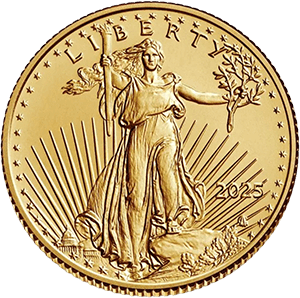While investors often dominate headlines, it’s central banks that are quietly reshaping the gold market. In 2025, central banks have bought gold at record levels, fueling the rally past $3,700 and changing the balance of global reserves.
The Push to De-Dollarize
De-dollarization is gaining momentum as nations seek to reduce their dependence on the U.S. dollar for trade and reserves. Gold is the natural alternative because it is:
-
Borderless and apolitical.
-
Accepted globally as a store of value.
-
Resistant to sanctions and currency risks.
Historic Buying Trends
-
The World Gold Council reports central bank purchases at their highest since records began.
-
Emerging markets like China, India, and Turkey are leading the charge.
-
Even developed economies are rebalancing their reserves.
Geopolitical Drivers
-
U.S.–China tensions and tariffs.
-
BRICS expansion with a focus on alternative settlement systems.
-
Sanctions on Russia and others, encouraging a shift away from dollar dominance.
Impact on Gold Markets
Central bank buying has:
-
Created a floor under gold prices, limiting downside.
-
Accelerated the rally to record highs.
-
Encouraged retail and institutional investors to follow suit.
What It Means for Individual Investors
Investors can take cues from central banks:
-
Long-term strategic holding: central banks don’t buy gold for short-term gains.
-
Diversification: gold acts as a counterbalance to dollar volatility.
-
Portfolio protection: aligning with the “smart money” offers stability.
The Future of Gold in a Shifting World
As central banks continue to buy aggressively, gold’s role in the global financial system is being redefined. For individual investors, aligning with these trends offers a way to preserve wealth in an uncertain geopolitical landscape.


